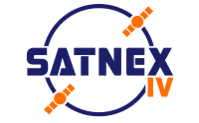Research
Contact
Madlen Langbein
Secretariat
phone: +49 3677 69-2612
fax: +49 3677 69-1195
mail: nt@tu-ilmenau.de
We strive to answer your inquiries within three working days.
Please address questions regarding courses or the content of exams directly to the responsible teacher within the framework of the respective course so that they can be answered transparently for all students concerned.














